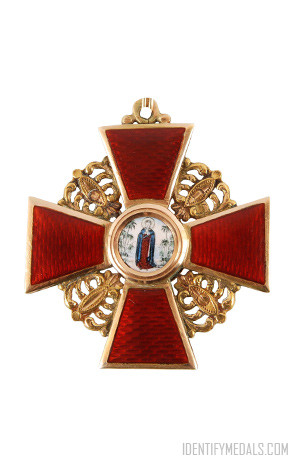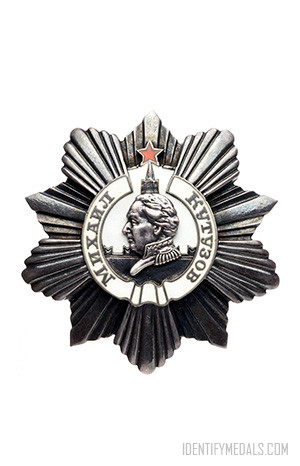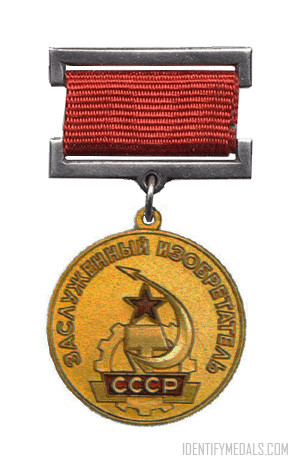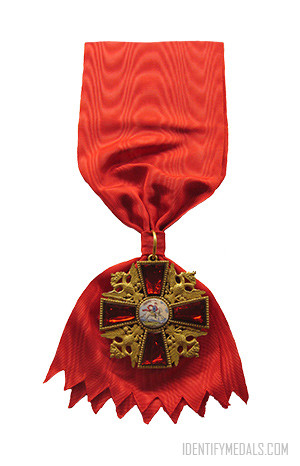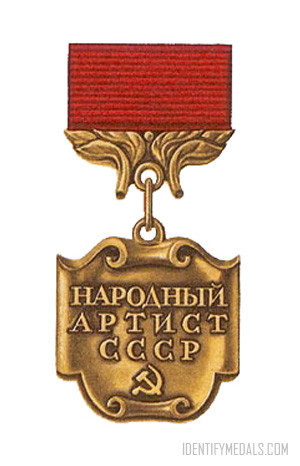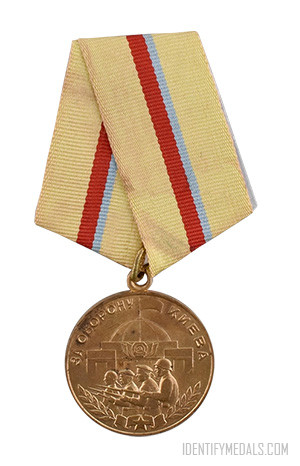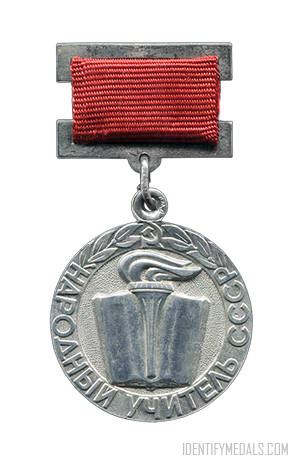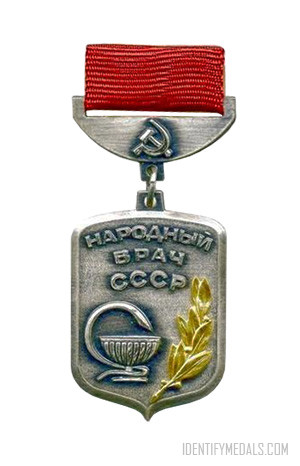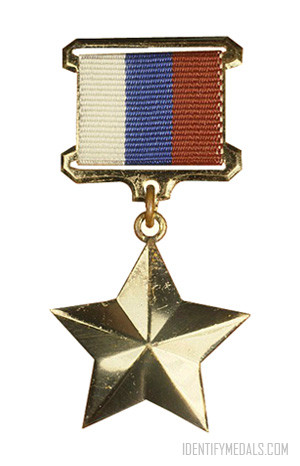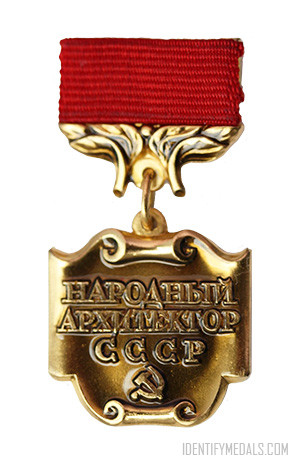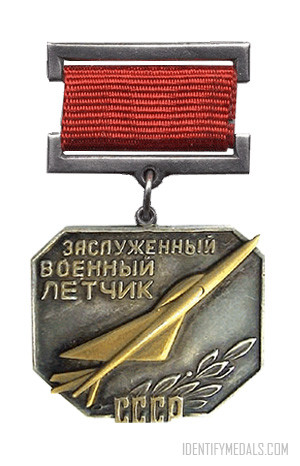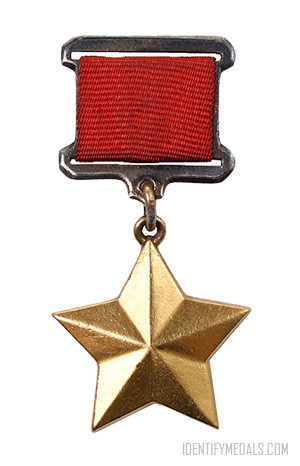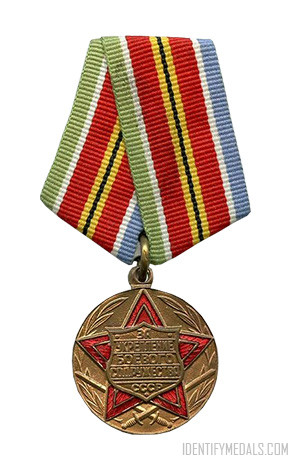- Time Period: Pre-WW1
- Institution: 14 February 1735
- Country: Russia & USSR
The Order of Saint Anna (or Орден Святой Анны in Russian) is an Order of Chivalry and Holstein ducal established by Karl Friedrich, Duke of Holstein-Gottorp, on 14 February 1735, in honor of his wife Anna Petrovna, daughter of Peter the Great of Russia.
Originally, the Order of Saint Anna was a dynastic order of knighthood, but between 1797 and 1917 it had dual status as a dynastic order and as a state order. Membership of the Order was awarded for a distinguished career in civil service or for valor and distinguished service in the military.
The Order of Saint Anna entitled recipients of the first class to hereditary nobility, and recipients of lower classes to personal nobility. The motto is “Amantibus Justitiam, Pietatem, Fidem” (or “To those who love justice, piety, and fidelity“) and its festival day is 3 February (N.S. 16 February).
The Order continued to be awarded after the revolution and is today awarded by Grand Duchess Maria Vladimirovna as a continuation of the pre-Revolutionary order. Although it’s been approved for wear with the military uniform by the Russian Federation, it’s not recognized by some members of the Romanov Family Association.
The Imperial Order of Saint Anna Design
The insignia of the Order is a forged silver star with a red cross in its center surrounded by red enameled rim bearing Latin motto “Amantibus Justitiam, Pietatem, Fidem” (or “To Those Loving Justice, Devoutness, Loyalty“). This motto is adopted from initial letters of the name and family of the Grand Duchess Anna Petrovna: A.I.P.F. (“Anna, Imperatoris Petri Filia” or “Anna, Daughter of Emperor Peter”). An image of Saint Anna is situated on the white enameled field bordered with gold edging; blue cipher made of initial letters of the motto is situated at the reverse on the white enameled field.
The badge of the Order, first class, is a grand gold red enameled cross with gold edging, with gold ornamental decorations between its arms measuring 52×52 mm worn on a 100-110 mm wide sash over the left shoulder and attached to the right hip, together with a multi-rayed eight-pointed silver forged or cloth star (95 mm in diameter approximately) worn on the right breast.
The second class has the shape of a smaller size cross (44×44 mm approximately) and was worn as a neck award on a 45 mm wide red ribbon with yellow stripes at its edges. The third class has the shape of a smaller size cross (35×35 mm approximately) and was worn either on the left side of a breast suspended from a 22 mm wide red ribbon with yellow stripes at its edges, or in a buttonhole. When awarded for combat, it was worn on a bow as a special distinction to distinguish between military and civil divisions. For the fourth class, the badge had a shape of a crowned cross borne on the pommel of an edged weapon, together with a silver-tasseled sword-knot of the ribbon of the Order.

